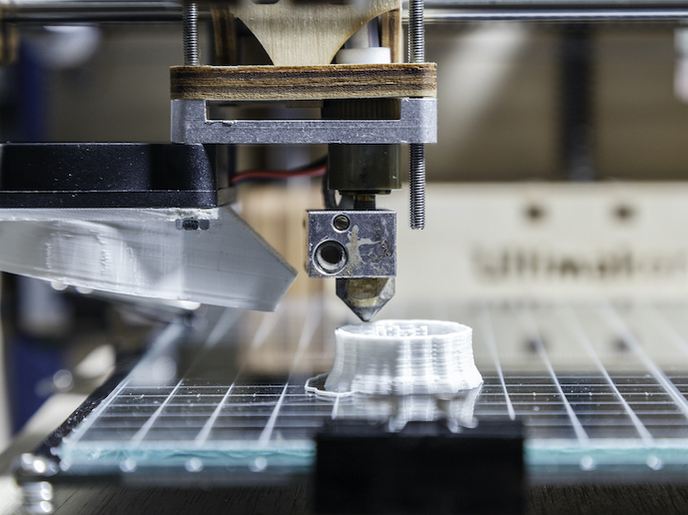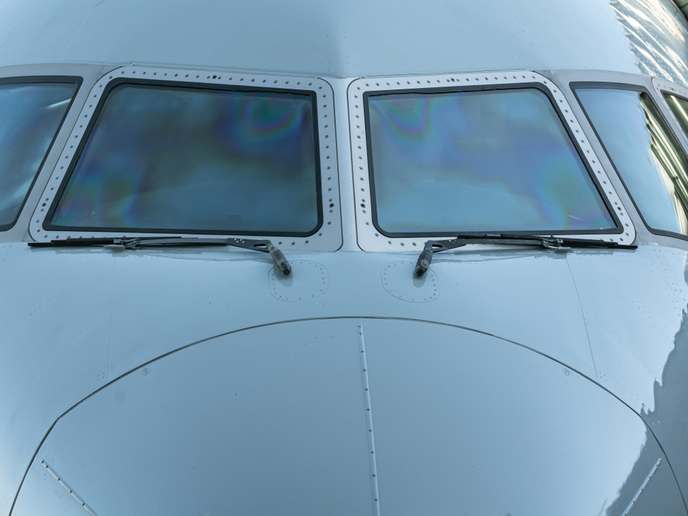Modelling plane stability in extreme flight conditions
Aircraft design relies heavily on mathematical modelling and simulation. These in turn rely on accurate system definition. The flight envelope consists of the range of combinations of flight parameters such as speed, altitude and angle of attack in which the aircraft remains aerodynamically stable. The EU-funded 'Aerodynamic loads estimation at extremes of the flight envelope' (ALEF) project extended current models to accurately describe behaviour at the boundaries of the flight envelope. The Reynolds-averaged Navier–Stokes (RANS) equations of fluid-flow motion are important to the modelling of air flow. Using complex computational fluid dynamics (CFD)/RANS methods, ALEF partners were able to successfully simulate steady and unsteady conditions and aircraft behaviour under extreme conditions such as transonic speed, dive speed and high load scenarios requiring deployment of control surfaces. The latter control altitude, speed and angle when moved. In addition, by coupling advanced fluid flow models with structural models, the team made it possible to include static and aeroelastic effects. ALEF demonstrated the ability of unsteady CFD models to shift from linear to high-fidelity methods for enhanced accuracy in prediction of aeroelastic effects. A major contribution was made regarding surrogate models, also called response surface models. Scientists extended the proper orthogonal decomposition (POD) technique to account for deployment of control surfaces and structural deformation. The resulting models were demonstrated to be a fast alternative to CFD. Researchers also highlighted the potential of another unsteady surrogate modelling tool, linear frequency domain solvers, to capture a dangerous flutter phenomenon sometimes seen with increasing air flow. Application to industrial test cases demonstrated the superiority of ALEF CFD and surrogate modelling methods compared to the current state of the art. Thus, ALEF made a significant contribution to aerodynamic modelling for aircraft design in the extreme conditions of the flight envelope. Better risk analysis and safer planes will be the likely outcomes together with an enhanced competitive edge for the European aerospace industry.







